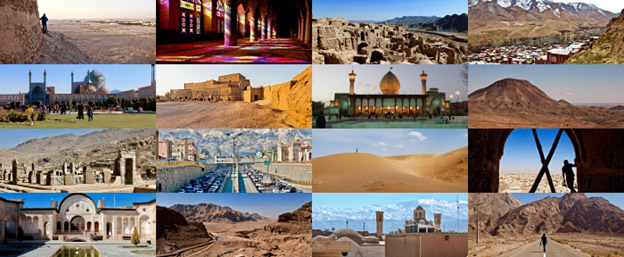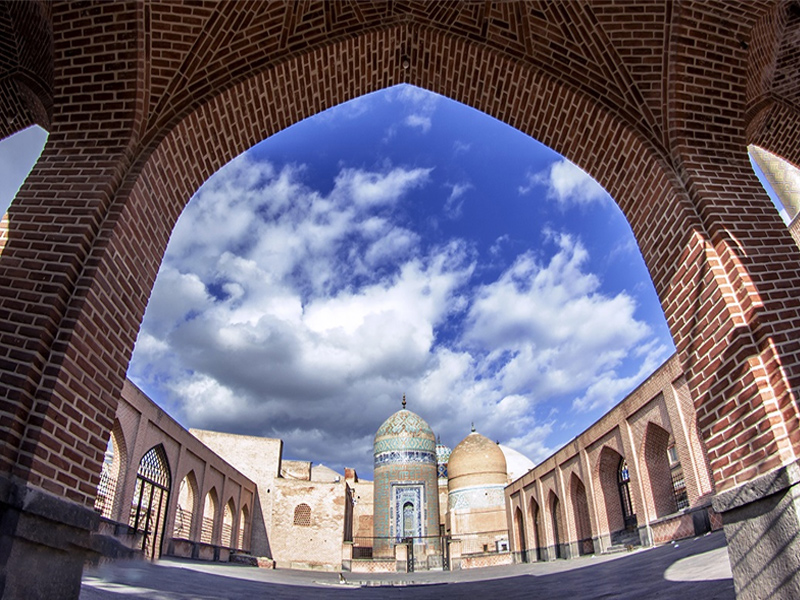Where Iran’s Beauty Meets Your Wanderlust

Isfahan province with an area of ۱۰.۷۰۴۵ square kilometers equivalent to 57.6% of the total area of the country, is located in the central part of Iran and is located between 30 degrees and 42 minutes to 34 degrees and 27 minutes of north latitude and 49 degrees and 38 minutes to 55 degrees and 32 minutes of east longitude. This province is located in a fertile and blessed plain, and in general, it can be said that the majority of its cities and villages were formed due to the flow of the Zayandeh River.
Although Isfahan province covers about 10% of the country’s desert area, it is one of the most populous provinces in Iran and includes more than 20 cities. The cities of this province are:
Aran and Bidgol, Ardestan, Isfahan, Barkhar and Mimeh, Buin and Miandasht, Tiran and Koron, Chadegan, Khomeinishahr, Khansar, Khor and Biyabank, Semiram, Shahreza, Dahaqan, Faridan, Feridunshahr, Flowerjan, Kashan, Golpayegan, Lanjan, Mobarakeh, Nayin, Najafabad and Natanz.

1_ Naqsh Jahan square
Naqsh Jahan Square, which was known as “Shah Square” in the past and was renamed “Imam Square” after the revolution, includes a rectangular space with impressive dimensions of 560 meters in length and 160 meters in width. This square is known as the second largest square in the world.
Naqsh Jahan Square dates back to the Safavid era, and in the past, it was the venue for magnificent rituals and polo matches. In 1313, this field was registered as one of Iran’s national monuments, and in 1311, it was included in the UNESCO World Heritage List as one of the first Iranian monuments.
Around this square, there are a series of valuable historical buildings such as Abbasi Jame Mosque (Imam Mosque), Aali Qapu Mansion, Sheikh Lotfollah Mosque and Qaisarieh Sardar.
2_ Khajovi bridge
Khajo Bridge, a relic of the Safavid era, was built in 1060 AH by the order of Shah Abbas II. At first, this bridge was known as Hasan Beyk and dates back to the Timurid period. Shah Abbas II ordered the destruction of the original bridge, and after that, the historical and beautiful Khajo Bridge was built.
This bridge is 133 meters long and 12 meters wide and includes 23 columns. Historical bridge of Khajo was registered in the list of national monuments of Iran in 1310 AH.
3_ Qaisarieh Bazaar,
Isfahan’s Qaysarieh Bazaar, along with Qaysarieh Square, has a long-standing reputation. This bazaar is one of the oldest and most spectacular places in Isfahan and was built in the years 1011 to 1029 AH, during the Safavid era, on the north side of Isfahan’s Imam Square.
Another name of this market is Soltani market and in the past it was known as one of the largest and most luxurious markets in Iran and the Middle East
| Cities | historical places |
|---|---|
| Esfahan | Naqsh Jahan square, Khajovi bridge , Qaisarieh Bazaar, |
| Kashan | Abianeh |